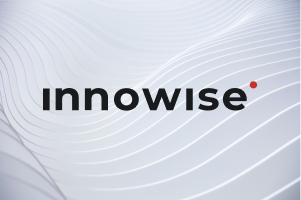Digitization in banking refers to converting physical records (like paper forms or checks) into digital formats, while digital transformation involves reimagining entire banking processes, services, and customer experiences using digital technologies.
Your message has been sent.
We’ll process your request and contact you back as soon as possible.
















